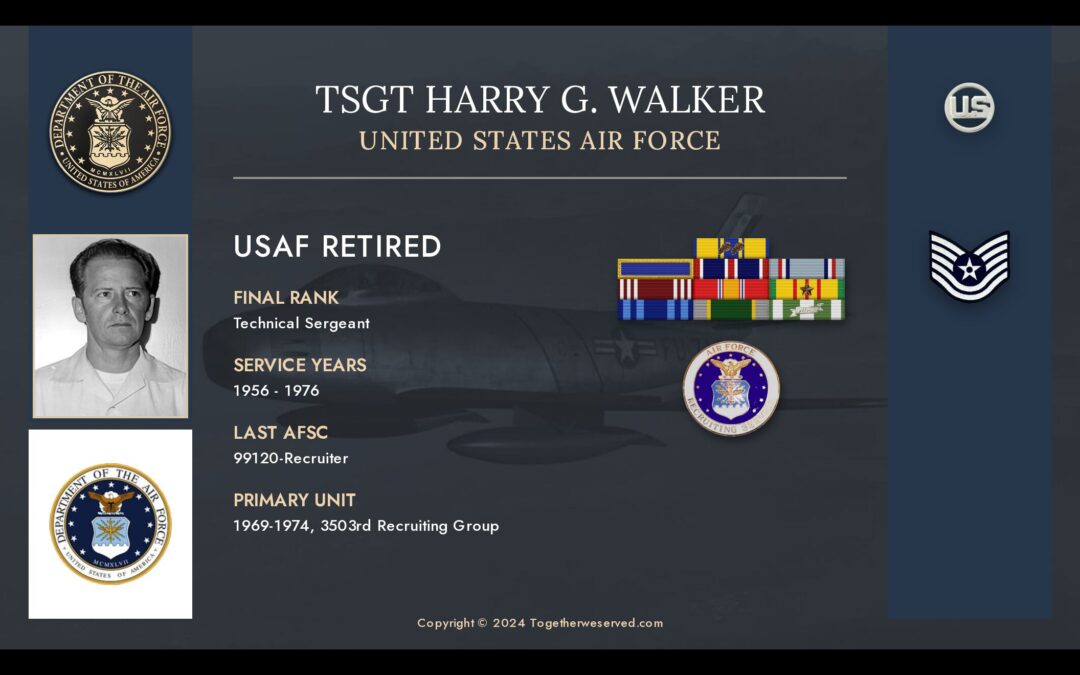My decision to join the Air Force was influenced by the following:
FAMILY: My maternal uncle enlisted in the Army at Camp Blanding, Florida, in 1942, shortly after the Pearl Harbor attack. He was assigned to the Army Air Corps. He was stationed at Keesler Army Airfield (Keesler Field), Mississippi, until his honorable discharge as a Sergeant the following year due to a service-connected injury sustained while working on military aircraft. My father was too old for military service, but worked in federal civil service at military bases during and following World War II, initially at Drew Field in Tampa, Florida during the war, and at Robins Air Force Base in Warner Robins, Georgia after the war, a base I visited as a child.



